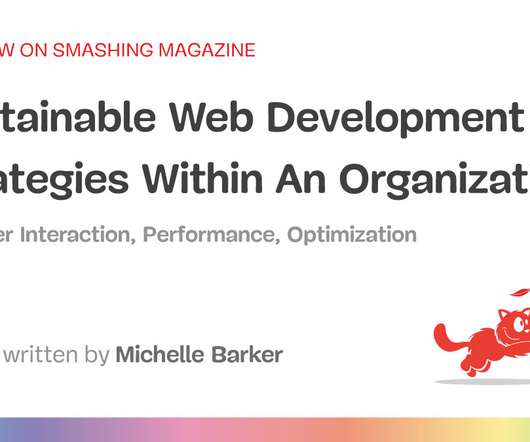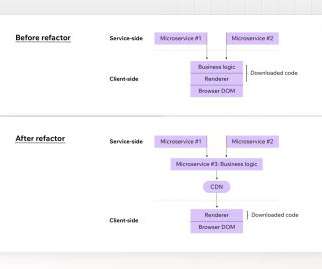Dynatrace accelerates business transformation with new AI observability solution
Dynatrace
JANUARY 31, 2024
Augmenting LLM input in this way reduces apparent knowledge gaps in the training data and limits AI hallucinations. The LLM then synthesizes the retrieved data with the augmented prompt and its internal training data to create a response that can be sent back to the user. million AI server units annually by 2027, consuming 75.4+

























Let's personalize your content